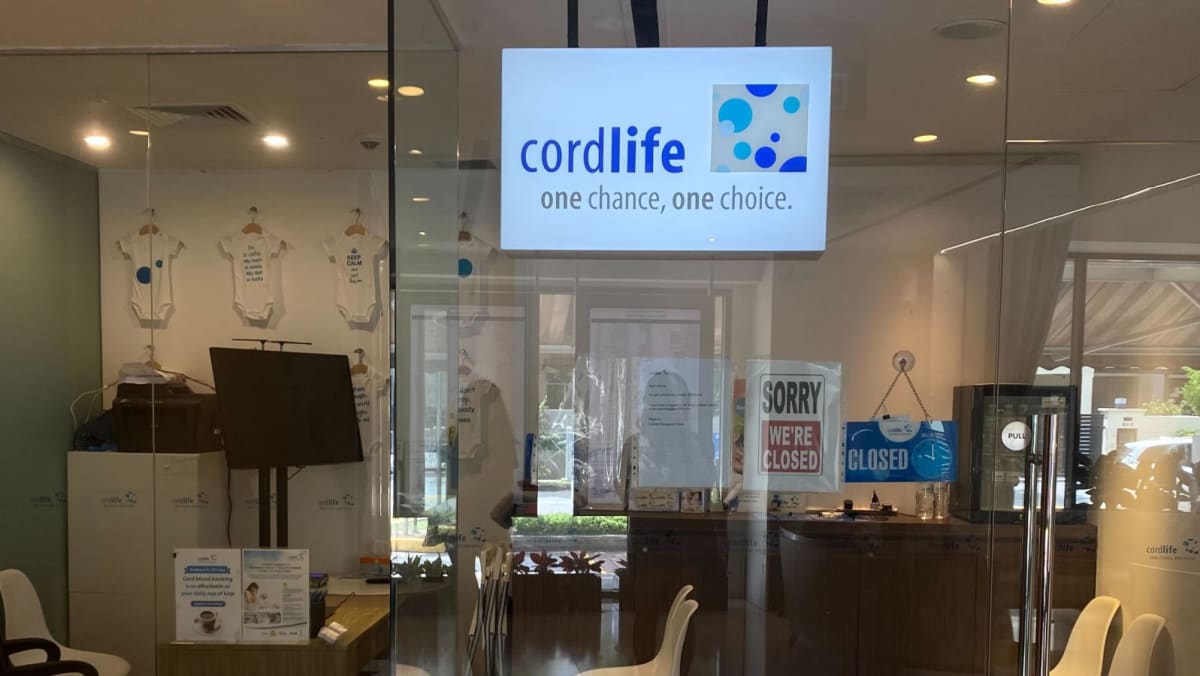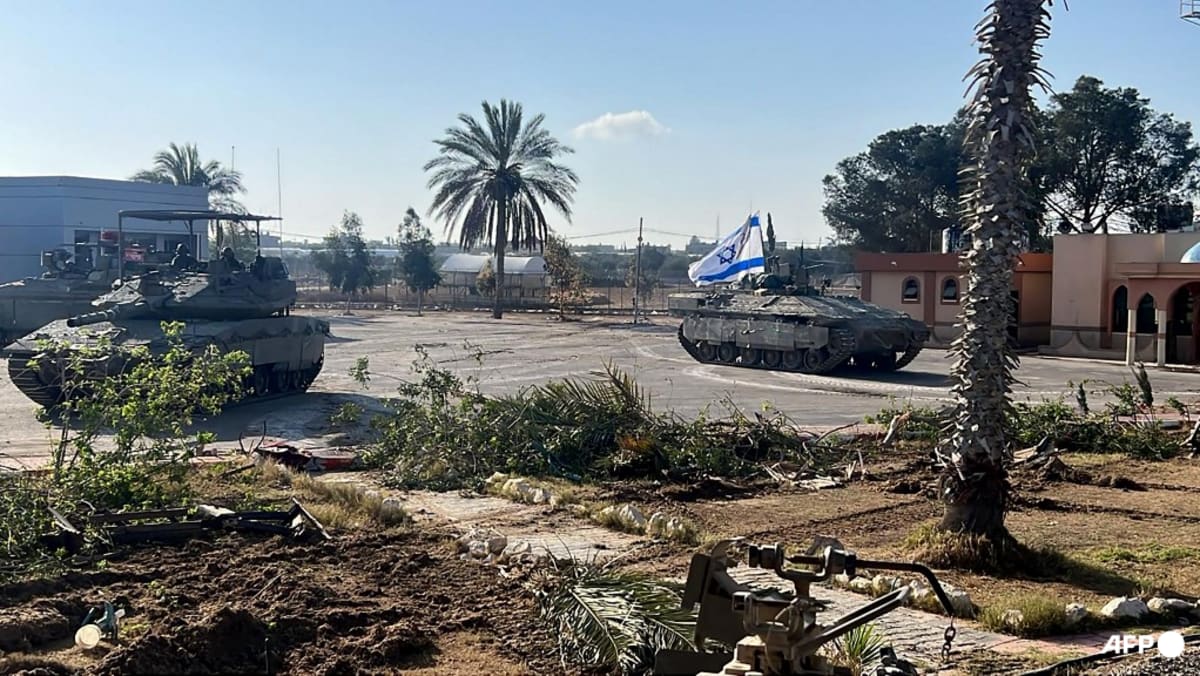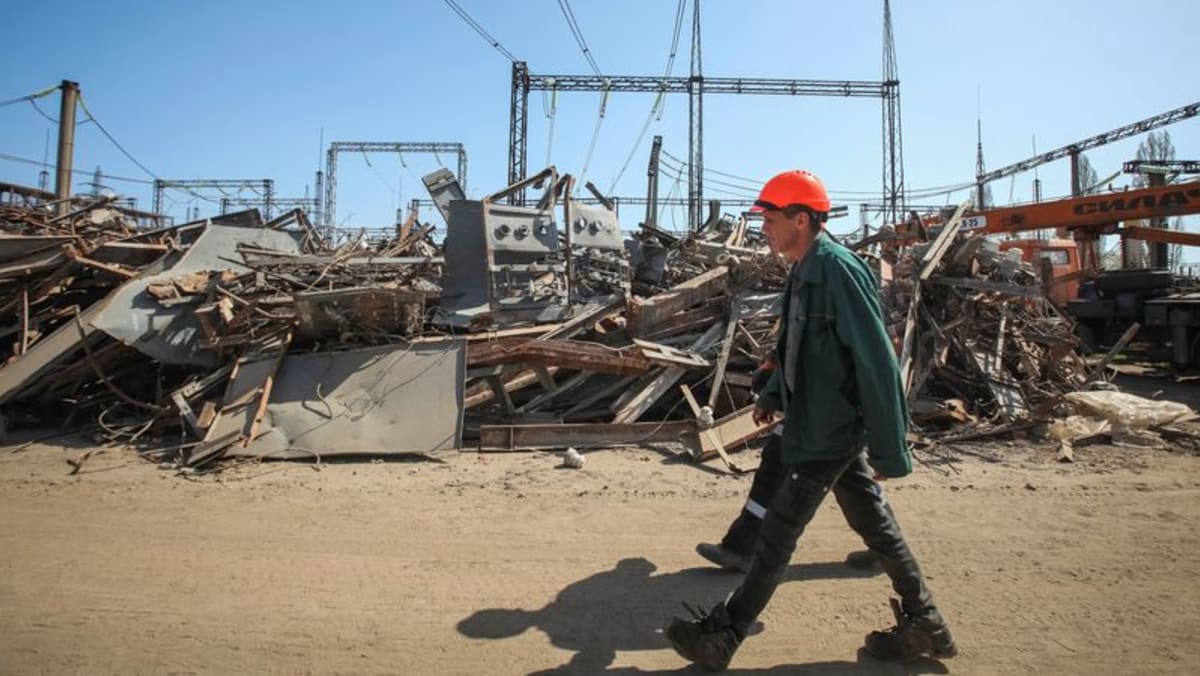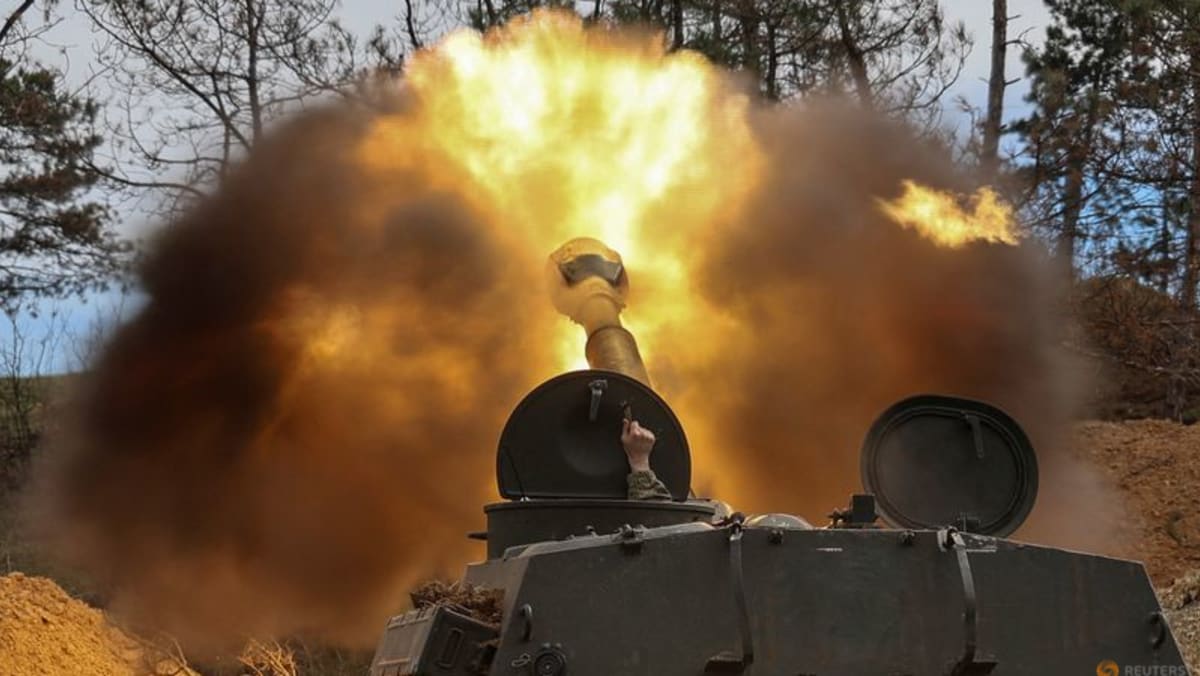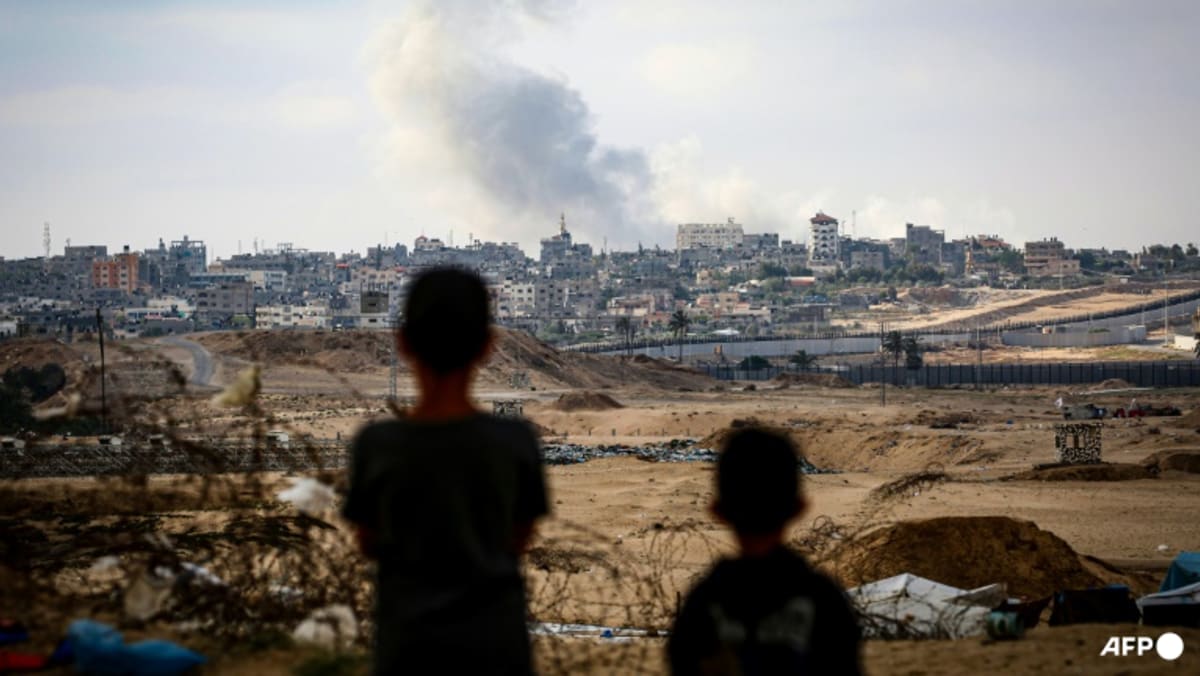PROPOSAL IS PART OF NEGOTIATING PROCESS: ANALYST
The proposed ceasefire is “emblematic of the back-and-forth” over the past few months and is “very much part of the negotiating process”, said Ms Merissa Khurma, director of the Middle East Program at US-based think-tank Wilson Center.
Speaking with CNA’s Asia First at about 8.30am Singapore time, Ms Khurma said that Israel intended to enter Rafah regardless of an agreement to a deal because “it’s a way for the war Cabinet in Israel to pressure Hamas into perhaps acceding to more of its demands”.
“So it is really a wait-and-see situation at this point with very intense US diplomatic efforts, particularly through Egypt and Qatar, going back and forth with the leadership of Hamas,” she added.
She said that as the war rages on, many Palestinians in Gaza have been saying the only way forward is through diplomacy and negotiations, with an uptick in support for the two-state solution.
When asked what phase of the plan is the most problematic one for Israel, Mr Khurma pointed out that the million-dollar question is how it will move forward with reconstruction while continuing humanitarian aid and maintaining security.
About 60 per cent of Gazan homes have been destroyed, particularly in the north where most are taking refuge. Children have also not attended classes since the conflict broke out.
“With this Israeli siege, we’ve seen a humanitarian catastrophe unfold in the strip,” said Ms Khurma, who is also an adjunct professor at Georgetown University’s School of Foreign Service.
“And so, for Israel, security is first and foremost. The number one priority for the international community that is working on the humanitarian aspect – it’s about keeping people alive, especially with the World Food Program warning for months now of an impending famine that we’re already seeing in the north part of Gaza.”
